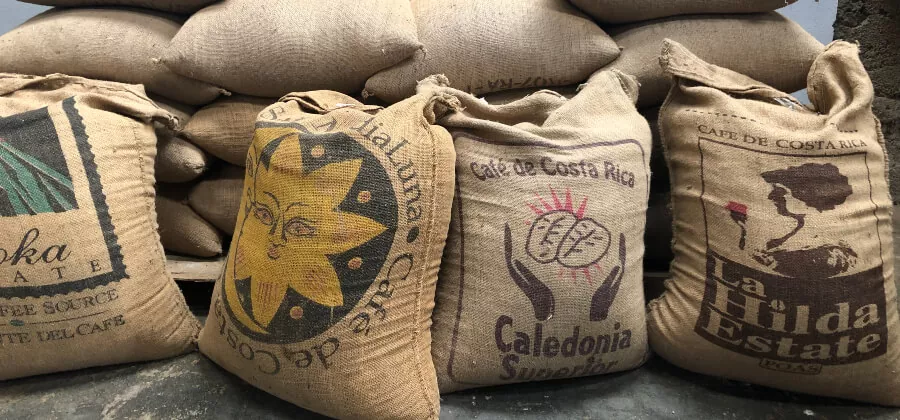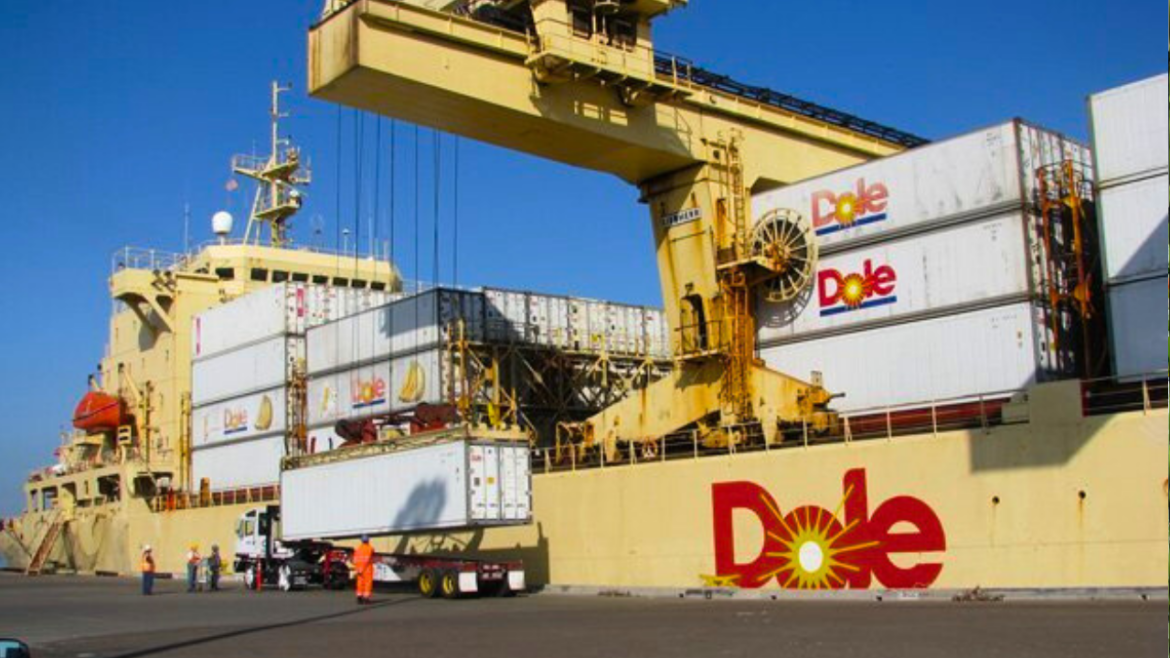On April 2, 2025, U.S. President Donald Trump announced a sweeping new trade measure dubbed “Liberation Day.” The executive order imposes a universal 10% tariff on all imports into the United States, alongside “reciprocal tariffs” of up to 50% on countries deemed to practice unfair trade. An additional 25% tariff will apply to all foreign-made vehicles starting April 3.
A Potentially Major Blow to Costa Rica’s Economy
For Costa Rica, the news hit like a thunderbolt. Roughly 47% of the country’s exports are bound for the U.S. market, including medical devices, pineapples, coffee, and other agricultural goods. These new tariffs could significantly slow exports, jeopardizing jobs in key export-oriented sectors.

Small-scale producers, especially coffee farmers, could be among the hardest hit. If U.S. buyers seek to cut costs, they may turn to tax-free alternative markets such as certain Asian or African countries.
An Unusual Trade Context
It’s important to note that these new measures are not traditional WTO-bound tariffs. Instead, they fall under emergency frameworks like the International Emergency Economic Powers Act (IEEPA), which allows the U.S. President to impose exceptional charges based on national security or trade imbalance concerns.
This means that despite the CAFTA-DR agreement, in force since 2009 and eliminating tariffs between Costa Rica and the U.S., the new tax bypasses conventional international trade rules.
A Glimmer of Hope: Free Trade Zones and Diversification
Despite the shock, Costa Rica may be better positioned than other nations, thanks to:
- Free Trade Zones: Many exporting companies benefit from tax exemptions, boosting their competitiveness.
- Multiple Trade Agreements: Preferential access to markets such as the European Union, Asia, and other Latin American countries may cushion the impact.
- Rules of Origin Accumulation: These allow certain products to retain preferential tariff treatment if specific origin criteria are met.
Rodney Salazar, president of the Costa Rican Chamber of Foreign Commerce (Crecex), offered a hopeful outlook:
“Costa Rica’s trade history is marked by resilience. With strong cooperation between the public and private sectors, we will rise to this challenge.”
What’s Still Unclear
Although the presidential decree has been issued, key elements like Annex II, which will detail the implementation, are still pending. Businesses will need to adjust strategies, renegotiate export contracts, and possibly absorb part of the new costs.
Crecex is calling for strategic planning, caution, and most importantly, private sector unity to strengthen Costa Rica’s international position.
- Rencontre exclusive avec l’auteur de Les Mammifères du Costa Rica
- Le groupe Québécois au Costa Rica : 10 ans de respect, d’harmonie et de passion partagée
- Nicolas Gilbert présente son nouveau livre: Les Mammifères du Costa Rica
- L’expérience Nekajui s’installe au Costa Rica
- L’histoire des volcans du Costa Rica


